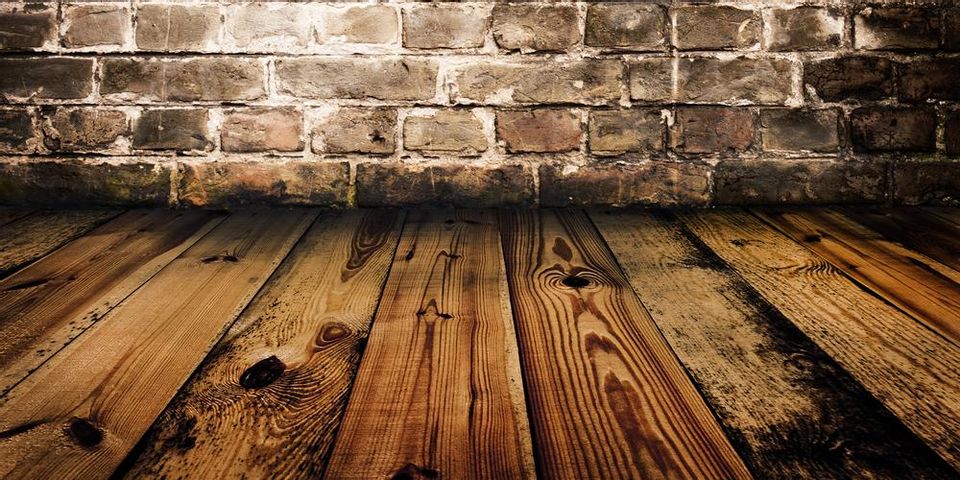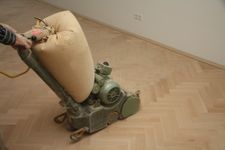3 Things to Do When a Leak Causes Water Damage to Your Hardwood Floors
By FloodCo

Leaks can cause water damage that spells trouble for hardwood floors. The underside of the hardwood can absorb the water from the leak, and the top of the wood may expand, resulting in a phenomenon known as cupping. If the cupping is so great that the hardwood has started to lift off the floor—fasteners and all—replacement may be your only recourse. If the cupping is minor to moderate, however, you can repair the issue.
3 Things to Do to Fix Hardwood Floors That Have Water Damage
1. Dry the Wood
The first step is to dry the floors thoroughly. Most people choose to hire a hardwood floor drying specialist to come in and do the job quickly, efficiently, and affordably. Your other options are to wait until it dries on its own (which could take up to a year) or replace the floor entirely.
2. Sand the Floor
 After the hardwood has dried, it must be sanded. Hiring professionals will ensure the project is done with a minimum of stress, but this is also something you can do on your own. Rent an electric sander, and sand your floors until they are smooth and flush.
After the hardwood has dried, it must be sanded. Hiring professionals will ensure the project is done with a minimum of stress, but this is also something you can do on your own. Rent an electric sander, and sand your floors until they are smooth and flush.
3. Refinish
The last step is to refinish the floors after they have been sanded. You should always utilize the same type of finish that was previously used on the floor. Apply the finish evenly and uniformly, being mindful of corners and hard-to-reach places, and let it dry completely.
The water damage experts at FloodCo, in Columbia Falls, MT, offer emergency water removal and hardwood floor drying services to the Flathead Valley and Northwest Montana communities. You can reach them by phone at (406) 892-1717, through their website, or via their Facebook or Twitter pages. Don't let water damage destroy your beloved hardwood floors; know the proper steps to take to ensure they remain their best for years to come.
About the Business
Have a question? Ask the experts!
Send your question

